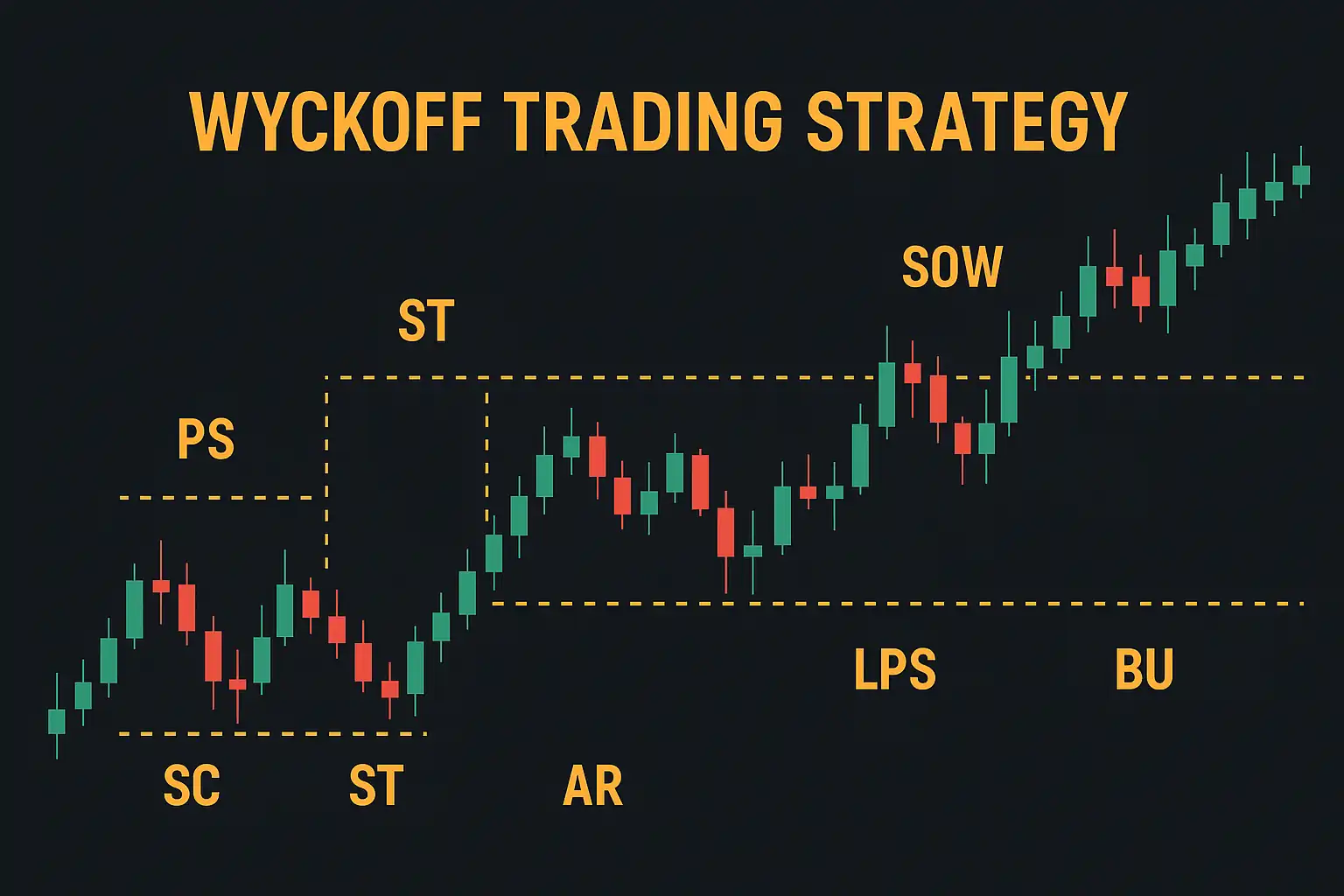Wyckoff Theory Pattern
AndyVentura • 4/28/2025, 8:11:11 PM

The Wyckoff Theory Pattern is a time-tested approach to understanding market behavior and price action in financial markets. Developed by Richard D. Wyckoff in the early 20th century, this theory provides traders and investors with a framework to analyze price movements and market trends. It is particularly well-regarded in the fields of technical analysis and trading, offering valuable insights into the dynamics of supply, demand, accumulation, and distribution.
Core Principles of the Wyckoff Theory
The Wyckoff Theory is built on the idea that markets are influenced by the actions of institutional investors, such as banks and large hedge funds, also known as the “composite operator.” Wyckoff emphasized that, by studying price charts and volume patterns, individual traders can align their strategies with the intentions of these large players, rather than trading against them.
One of the central tenets of the Wyckoff Theory is the understanding of price cycles: accumulation, markup, distribution, and markdown. These phases describe the repetitive process of how price moves in response to supply and demand imbalances.
-
Accumulation Phase: During accumulation, large institutional investors begin quietly buying assets at low prices after a downtrend. This phase is characterized by consolidation, where prices trade within a range as smart money accumulates positions without driving up prices significantly.
-
Markup Phase: Once accumulation is complete, an uptrend begins. This is the markup phase, where prices rise as more traders join the rally, often unaware that the smart money initiated the trend much earlier.
-
Distribution Phase: In the distribution phase, institutional investors begin selling their holdings at high prices to less experienced retail traders. Prices consolidate again as smart money exits the market, leading to a weakening of the uptrend.
-
Markdown Phase: The markdown phase follows, where prices decline as selling outweighs buying, and the cycle begins anew.
The Wyckoff Price Cycle
Wyckoff’s price cycle includes key patterns and structures that traders use to anticipate future market movements. One of the most well-known patterns is the Wyckoff Schematic, which illustrates price action during accumulation and distribution phases. These schematics include various stages, such as preliminary support (PS), selling climax (SC), automatic rally (AR), and the spring.
-
Accumulation Schematic: This pattern reflects a period where the composite operator accumulates assets. Prices remain within a range as weaker hands exit the market, creating an opportunity for smart money to step in. The “spring” phase occurs when prices dip below the support level, triggering stop-losses and providing institutional traders with a chance to buy more at low levels before the markup phase begins.
-
Distribution Schematic: Conversely, during distribution, prices trade sideways as smart money sells off their holdings. A similar event, the “upthrust,” signals a false breakout above resistance, trapping inexperienced buyers before the markdown phase begins.
Wyckoff Laws and Trading Principles
Wyckoff established three fundamental laws to guide traders:
-
The Law of Supply and Demand: Price movements depend on the relative balance between supply and demand. When demand exceeds supply, prices rise, and when supply surpasses demand, prices fall.
-
The Law of Effort vs. Result: Volume must align with price action to confirm a move’s strength. If significant price movement occurs without sufficient volume, it may signal a potential reversal.
-
The Law of Cause and Effect: Accumulation or distribution creates the “cause,” which determines the future trend, or the “effect.” The larger the accumulation or distribution range, the stronger the resulting trend.
Conclusion
The Wyckoff Theory Pattern remains a cornerstone of price action analysis in modern financial markets. By understanding the underlying dynamics of accumulation, markup, distribution, and markdown, traders can better anticipate market trends and align their strategies with the smart money. While it requires patience and practice to master, the Wyckoff Theory equips traders with a robust methodology to navigate the complexities of market behavior.